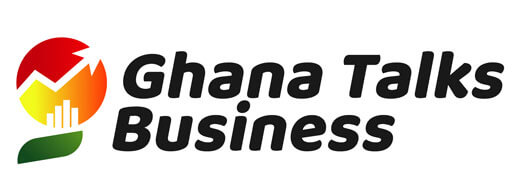
Market reforms to reduce fragmentation and improve solvency, alongside the gradual expansion of bancassurance, should improve the medium- and long-term prospects of Ghana’s insurance industry.
The coming months will likely see mergers across the sector, after the National Insurance Commission (NIC) raised capital requirements for insurers late last year.
Early February brought signs that the push for consolidation was yielding results, with LeapFrog Investments, a Mauritius-based private equity fund, acquiring a majority stake in domestic insurer UT Life Insurance.
Consolidation drive
The beginning of the year saw the NIC increase its efforts to promote consolidation by raising insurers’ minimum capital requirements from GHS5m ($1.29m) to GHS15m ($3.89m). The requirements featured in the NIC’s new risk-based solvency framework, published in October 2015.
Additionally, insurers are required to comply with target capital adequacy ratios, scaling up from 130% as of December 31, 2015 to 140% by mid-2016 and 150% by the end of the year.
Simon Nerro Davor, deputy commissioner of the NIC, highlighted the benefits he believed higher capital requirements would bring to the industry.
“Looking at the way the insurance companies operate, if they have GHS15m ($3.9m), they should operate at some level of efficiency, get the right software, employ the right people, so they can do the right job,” he told media in January.
Approximately 50 companies currently operate in the 25m-person Ghanaian insurance market, split almost evenly between life and non-life policy writers, together with three reinsurers.
The market has significant room for growth, given relatively low take-up compared to many other African nations. Ghana’s insurance penetration stands at less than 2% of GDP, according to the African Insurance Organisation, below that of Kenya (3.2%), Namibia (7.5%) and South Africa (14.5%).
Other driving factors
Along with the new capital requirements, compulsory products, including coverage for commercial properties against fire, flooding and earthquake, will also see enforcement stepped up, according to Davor.
The “No Premium, No Coverage” (NPNC) requirement enacted by the NIC in April 2014 is also strengthening the sector’s capital base, ending a practice that saw some companies offer coverage on credit. Previously, underwriters were forced to borrow funds to cover payouts or were left with bad debts in the event that premiums were not paid out. This had the knock-on effect of making it more difficult for insurers to pay their own premiums to reinsurers.
Bode Oseni, managing director of Regency Alliance Insurance, describes the NPNC policy as a significant step forward for the sector, which has helped insurers to operate independently of other funding sources.
“The policy provides insurance companies in Ghana with liquidity and makes it easier to pay out on claims in a timely manner,” Oseni told OBG. “It is the best thing to happen in the industry for some time.”
Bancassurance on the rise
The sector is also benefiting from a steady expansion in distribution channels, with a number of outlets rolling out new bancassurance offerings.
Since it was first offered in 2007, bancassurance has offered an alternative vehicle for expanding market penetration, and while it has taken time to build momentum, there are signs that the pace is increasing.
A growing number of insurers and banks have joined forces to offer policies through banking windows; more than 20 banks have already been granted licences to offer bancassurance products.
In late February Universal Merchant Bank announced plans to expand its bancassurance operations by adding six non-life products in the non-life segment through its tie-up with Phoenix Insurance.
The same week brought news from uniBank of plans to offer motor, travel, comprehensive home and personal accident insurance at five branches starting in mid-February, rising to all 39 outlets in the second quarter.
Source: Oxford Business Group.
This information was originally published by Oxford Business Group (OBG),
the global publishing, research and consultancy firm, appearing in The
Report: Ghana 2016. Copyright Oxford Business Group 2016. Published under
permission by OBG. For economic news about Ghana and other countries
covered by OBG, please visit:
http://www.oxfordbusinessgroup.com/economic-news-updates – See more at: https://ghanatalksbusiness.com/research-analysis/economic-issues/item/3030-ghana-s-demographics-and-reforms-point-to-growth-potential#sthash.ANnUEcEa.dpuf


